
Children’s Orthodontist in Suwanee or Tucker, GA

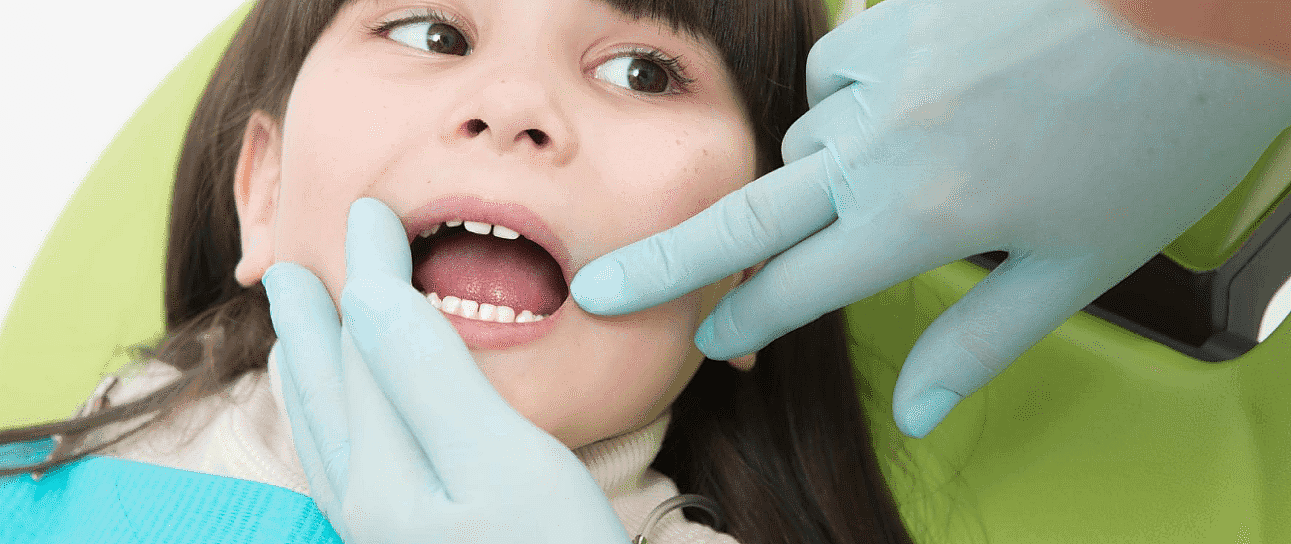
Give Your Child a Lifetime of Smiles
Your child requires properly aligned teeth and jaws for a healthy, enduring smile. While the ideal age for orthodontic treatment differs, Dr. Nick Kim, and the American Association of Orthodontists suggest a first visit around age seven.
What is Early Treatment?
Starting treatment early at NK Orthodontics can prevent or lessen the development of more serious problems later on, resulting in a treatment process that is shorter, simpler, and more affordable. In some cases, Dr. Nick Kim can achieve outcomes that would be significantly more difficult to reach after the completion of facial and jaw growth.
When is the Best Time for Treatment?
The ideal time for a first consultation is around age 7. Although the age when children receive braces can differ, orthodontic treatments typically begin between 9 and 14 years old. Early intervention, such as addressing underbites, is often more successful when initiated at the age of 7.
Role of a Children’s Orthodontist
Importance of Early Orthodontic Intervention
Early orthodontic care, also known as interceptive orthodontics, focuses on resolving dental problems during their initial phase to avert more significant complications in the future. Some benefit include:
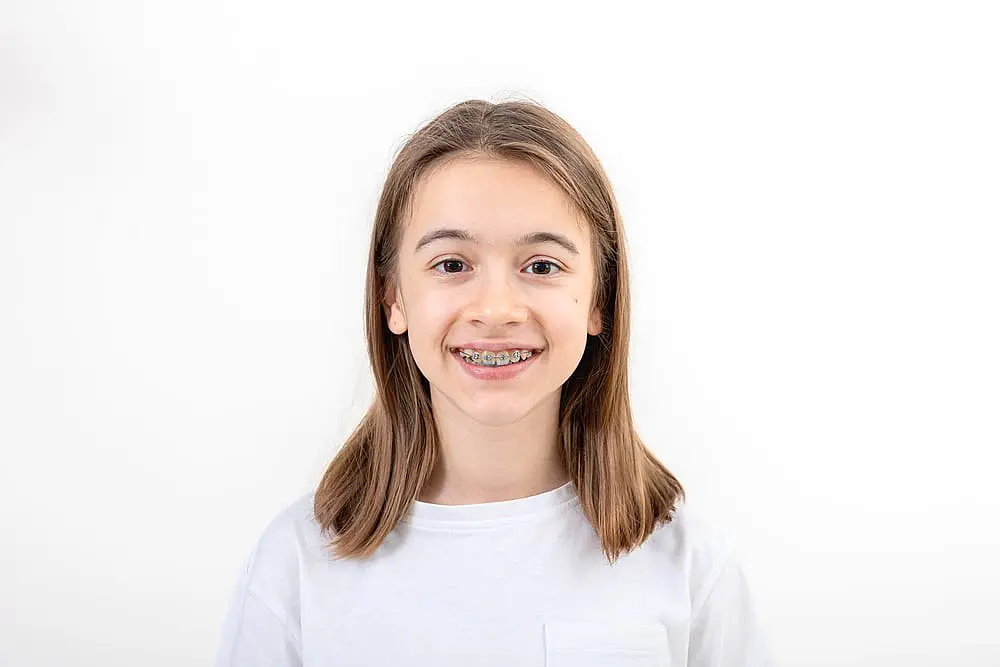
Preventing severe
dental issues
A vibrant, healthy smile not only boosts your self-esteem but also leaves a lasting impression.
Improving appearance
and confidence
Timely intervention reduces costs, alleviates discomfort, and saves time.
Enhancing oral health
Straight teeth are simpler to maintain, lowering the chances of tooth decay and gum infections.
Benefits of Children’s
Orthodontic Treatment
Improved Oral Health and Hygiene
Enhanced Speech Development
Prevention of Future Dental Issues
Boosted Confidence and Self-Esteem
Understanding Children’s
Orthodontic Treatment
Braces
They are made up of brackets fixed to every tooth, with an archwire linking those brackets together.
Aligners
These are clear and transparent plastic aligners that conform to the shape of the teeth.
Retainers
These are worn following braces or aligners to maintain the teeth in their adjusted positions.
Space maintainers
These are used when a child unexpectedly loses a primary tooth prematurely.
Importance of Early Evaluation
The American Association of Orthodontists advises that children should have their first orthodontic assessment by the age of seven. Identifying concerns such as overcrowding or bite misalignments early on can make treatment easier and help avert complications later.
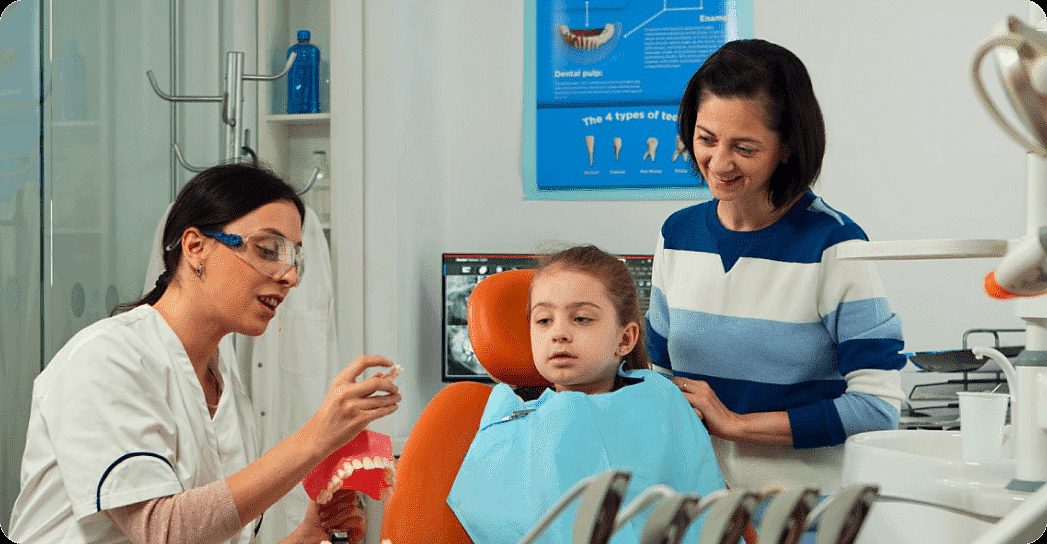
Treatment Process
Consultation
Includes examination, X-rays, and impressions.
Appliance Placement
Orthodontic appliances are applied according to the established treatment strategy.
Follow-ups
Routine adjustments to track and guarantee advancement.
Retention
A retainer is often used after treatment to maintain results.

Appointment Duration and Frequency
The length and frequency of orthodontic visits differ based on the appliance type and the complexity of the dental problem. Generally, braces require adjustments every four to six weeks, whereas aligners are typically replaced every two weeks. Each appointment usually takes around 30 to 60 minutes. Overall treatment duration can vary from six months to three years or longer, depending on the specific circumstances of the patient.
Common Orthodontic
Issues in Children
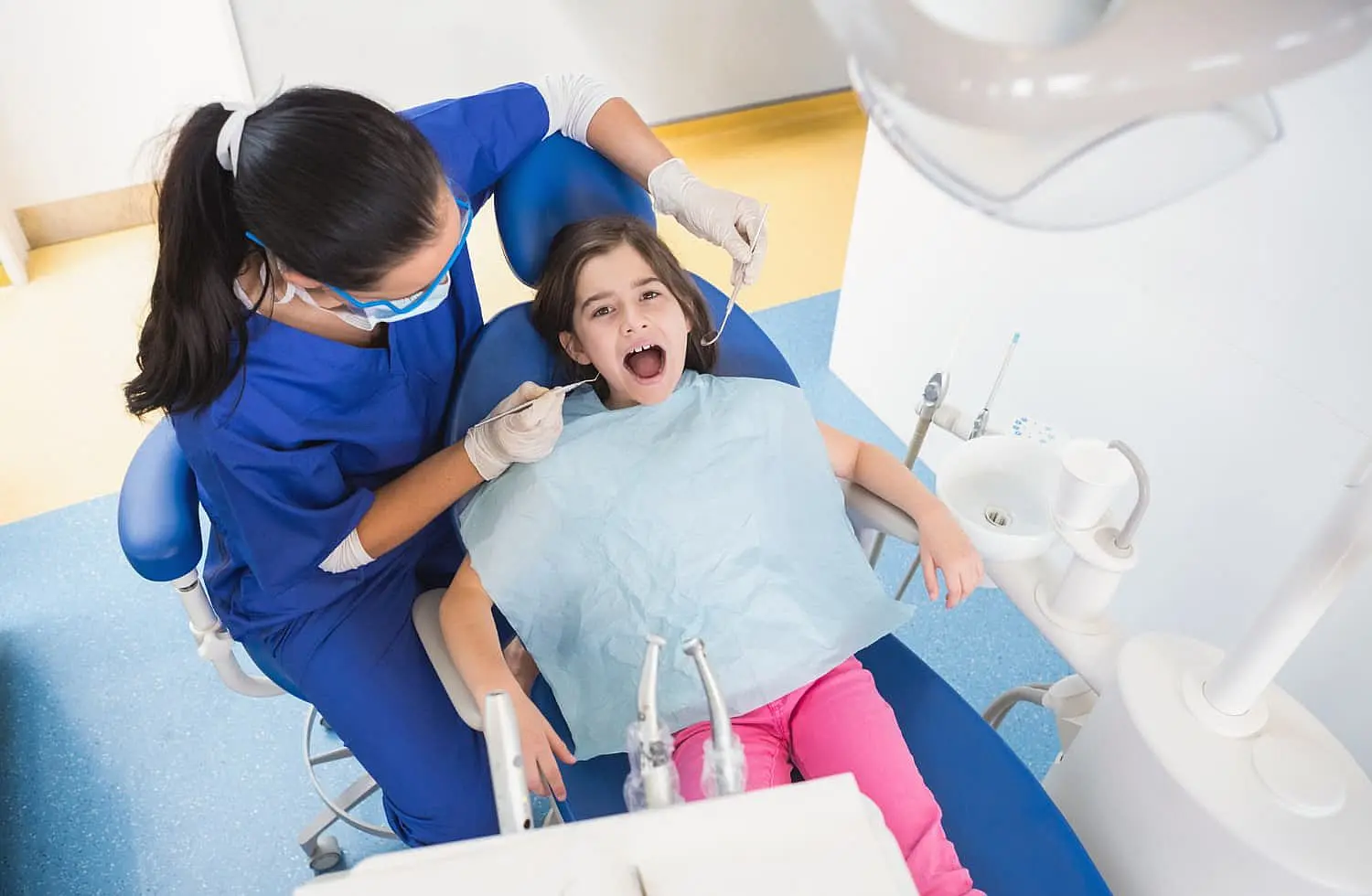
Overbite, Underbite, Crossbite, and Spacing Problems
Crooked or Misaligned Teeth
Misalignment of teeth can result from genetics, thumb sucking, or injuries. This misalignment may make oral hygiene challenging, raising the likelihood of cavities and gum issues.
Crowding or Spacing Problems
Crowding happens when there isn’t enough room for teeth, which complicates oral hygiene and increase the chances of cavities. Spacing problems can lead to food trapping between teeth.
Thumb Sucking and Other Oral Habits
Although often seen in young children, extended thumb sucking can lead to dental misalignment and alterations in the shape of the oral cavity.
Orthodontic Treatment Options for Children

Traditional Braces
Traditional braces have been a staple in orthodontics for many years and remain the most prevalent type of orthodontic device.
Components
Brackets, archwires, and ligature elastics.
Benefits
Effective for severe misalignments, durable, and suitable for a wide range of dental issues.

Clear Aligners
Clear aligners, like Invisalign, represent a contemporary alternative to traditional braces.
How They Work
Use consistent pressure to gradually move teeth, with new aligners replaced every two weeks.
Advantages
Discreet, removable for eating and cleaning, and convenient for oral hygiene.
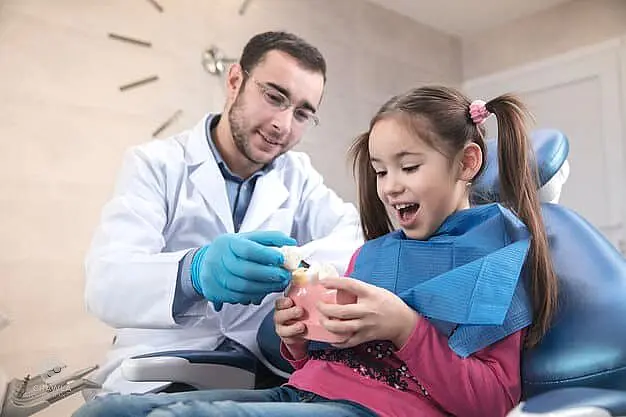
Functional Appliances
Functional appliances are designed to address issues related to jaw growth.
Types
Twin Block, Bionator, and Herbst appliances.
Benefits
Can improve jaw function and facial aesthetics, preventing future dental problems.

Retainers
Retainers are essential after orthodontic treatment to help keep teeth in their new positions.
Types
Removable and fixed (permanently bonded).
Benefits
Essential for maintaining the results of orthodontic treatment and a lasting smile.

Importance of Early Orthodontic Intervention
Interceptive orthodontics is a proactive approach that aims to address dental issues while a child’s jaw is still growing, which can prevent more severe dental problems. Early intervention offers many advantages, such as avoiding severe orthodontic complications, enhancing aesthetics, and promoting oral hygiene. For kids aged 6-10, it’s a prime opportunity to tackle concerns like crowding and crossbites, given that their jaws are still growing. From ages 11-15, with the majority of permanent teeth in place, this timeframe is ideal for braces to address alignment challenges.
Finding the Right Pediatric Orthodontist
Choosing an orthodontist for your child requires careful consideration of their qualifications and experience to match your family’s specific needs. Seek out an orthodontist with specialized training in orthodontics and a proven track record with pediatric patients. It’s also essential to factor in practical aspects like the office’s location, availability of appointment times, and the costs associated with treatment, including payment plans and insurance acceptance. Dedicating time to find the right orthodontist will help guarantee your child receives top-notch care and a satisfying experience.

Children Braces Before and After Photos
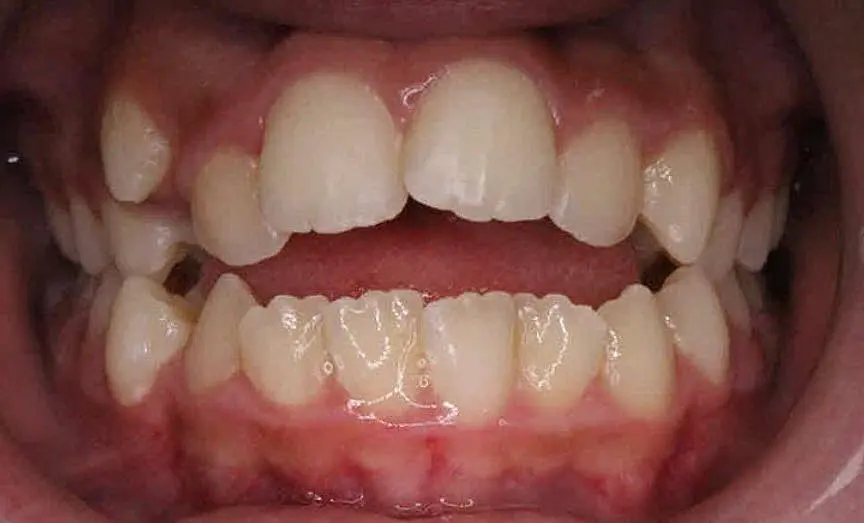
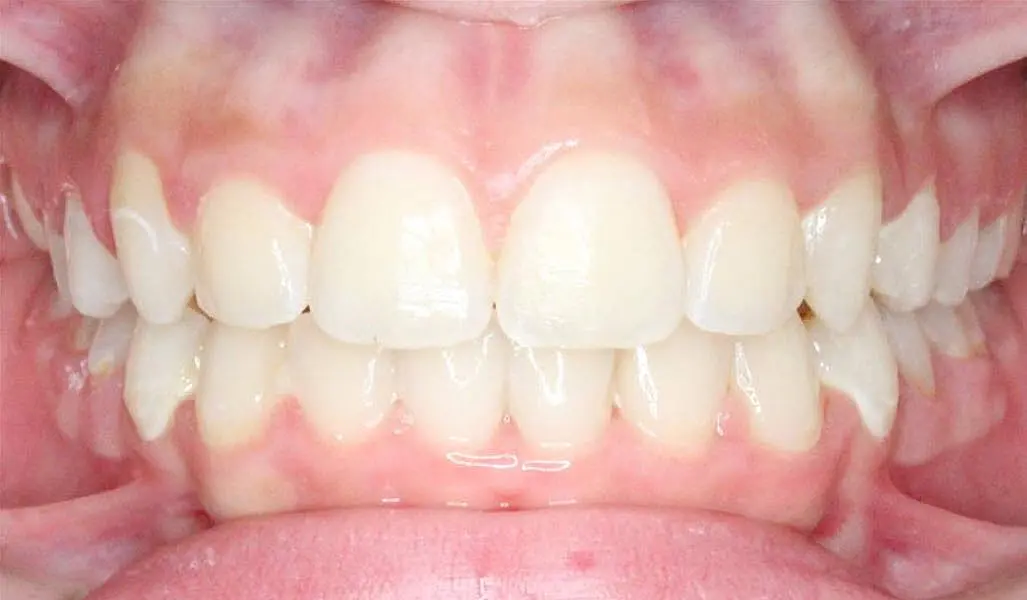
Conclusion
FAQ
What age should a child go to orthodontist?
The American Association of Orthodontists suggests that children should have their first orthodontic evaluation around the age of seven. While this may appear to be early, it gives the orthodontist a chance to identify and address any emerging problems before they escalate. Keep in mind that this initial appointment doesn’t automatically indicate that your child will require immediate treatment. It’s primarily about monitoring their growth and ensuring everything is progressing as it should.
Can a 6 year old see an orthodontist?
Certainly! A child as young as 6 can and should see an orthodontist. This early visit can help spot any possible concerns with jaw development and incoming teeth. Therefore, if you’re thinking about an orthodontic appointment for your child, don’t hesitate! It’s an important move towards promoting a healthy and attractive smile for them.
How painful are braces for kids?
It’s completely normal for kids to feel some minor discomfort or soreness when they initially get braces or after adjustments. This occurs as the braces begin to shift their teeth into the correct position. Fortunately, this discomfort typically subsides within a few days and can usually be alleviated with over-the-counter pain medication. They’ll adapt to having braces in their mouths and may hardly be aware of them. While braces can bring about some temporary discomfort, it’s usually manageable and short-lived.